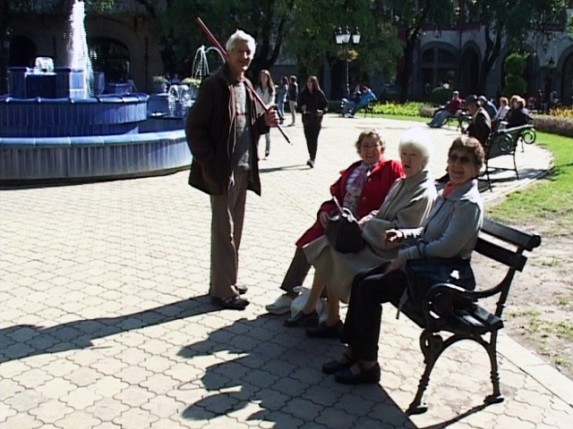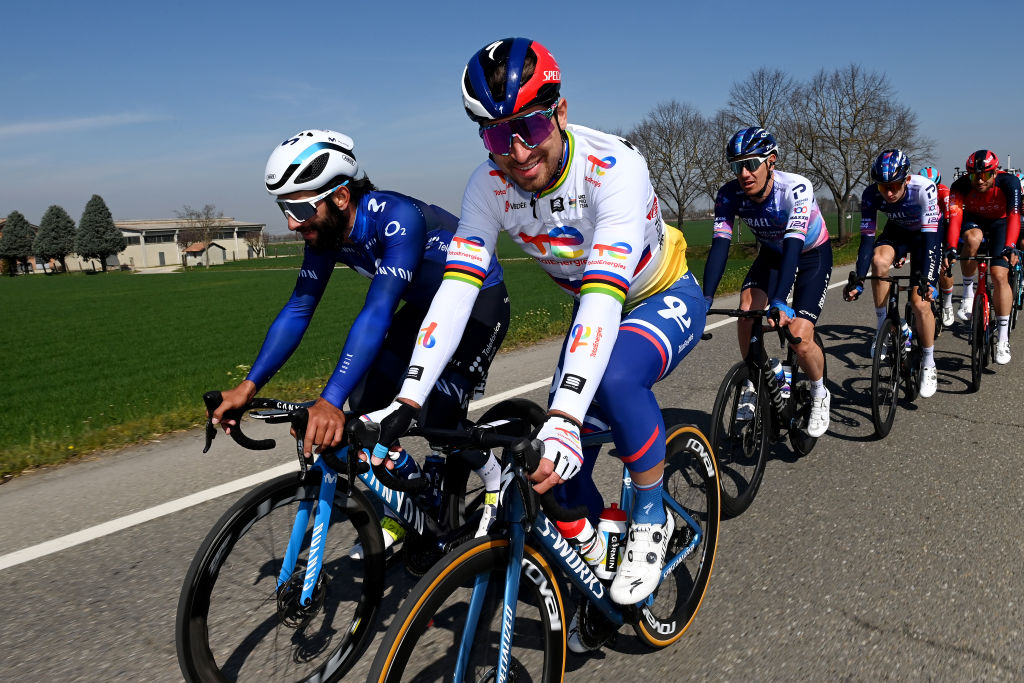Formula 1 Legends After 40: Successes And Failures

Table of Contents
The Physical and Mental Demands: Maintaining Peak Performance After 40
The physical toll of Formula 1 racing is immense. G-forces, intense concentration, and the sheer physical strain of driving at breakneck speeds take a significant toll on the body, and the effects are amplified as drivers age. Maintaining peak performance after 40 in Formula 1 requires an unwavering commitment to rigorous training and a meticulous lifestyle. This isn't simply about fitness; it's about specialized Formula 1 fitness, honed to counteract the specific demands of the sport.
- Decline in reaction time and muscle strength with age: The human body naturally experiences a decrease in reaction time and muscle strength as it ages. This poses a significant challenge in a sport demanding lightning-fast reflexes and considerable physical strength.
- Importance of specialized training programs for endurance and agility: Top drivers over 40 often employ specialized training regimes focusing on endurance, agility, and cardiovascular fitness. These programs are carefully designed to mitigate the effects of aging and maintain peak physical condition.
- Mental fortitude needed to manage pressure and competition: The mental aspect is equally crucial. The pressure to perform at the highest level, coupled with the competition from younger drivers, demands exceptional mental strength and resilience. The ability to focus, adapt, and maintain composure under immense pressure is vital for continued success.
- Examples of drivers who adapted their training to extend their careers: Fernando Alonso's dedication to fitness is legendary, constantly evolving his training to suit the demands of his advanced age in the sport. His success showcases the potential for longevity with strategic adaptation.
Notable Successes: Legends Who Defied Expectations
Despite the considerable challenges, some Formula 1 drivers have defied expectations and achieved remarkable success after turning 40. Their achievements serve as inspiring examples of what can be accomplished with dedication, skill, and the right approach.
- Fernando Alonso's continued competitiveness and podium finishes: Alonso, a testament to defying age, consistently challenges younger drivers, demonstrating his mastery of the sport even in his later years, securing podium finishes and proving his competitiveness.
- Michael Schumacher's later career achievements and records: Schumacher’s dominance in Formula 1, even into his later years, established him as a legendary figure who pushed the boundaries of age and performance.
- Analysis of their training, mental approach, and team dynamics contributing to success: A crucial factor in their success was their adaptability. They refined their training, honed their mental approach, and developed strong relationships within their teams. This holistic approach played a significant role in their continued success.
- Specific race wins or championship challenges after 40: While outright championships after 40 are rare, numerous drivers have secured race victories and consistently challenged for top positions, showcasing the enduring prowess of experienced racers.
Challenges and Setbacks: The Realities of Aging in Formula 1
While some drivers triumph, the realities of aging in Formula 1 present significant challenges. The sport's unforgiving nature means that physical decline and increased risk of injury become more pronounced with age.
- Increased risk of injury due to age and physical wear: The physical demands place an increasing strain on the body with age, leading to a heightened risk of injuries.
- Competition from younger, rising stars: Formula 1 attracts exceptionally talented young drivers eager to prove themselves, increasing the pressure on older drivers.
- Examples of drivers who struggled to maintain competitiveness: Many drivers, despite their experience and skills, find it increasingly difficult to compete with the younger generation, leading to frustrating setbacks.
- The difficult decision to retire from the sport: The decision to retire is often a difficult one, balancing passion and the realities of declining performance and physical capabilities.
Transitioning to New Roles: Life After the Cockpit
Retirement doesn't always mark the end of a Formula 1 driver's career. Many successfully transition into new roles, leveraging their experience and expertise in various fields.
- Examples of successful post-retirement careers: Numerous former drivers have transitioned into successful careers in team management, coaching, broadcasting as pundits, or even brand ambassadors, showcasing the transferability of skills from the racing world.
- Skills and experience transferable from racing to other fields: The skills developed in Formula 1, such as strategic thinking, leadership, and pressure management, are highly transferable to a wide range of professional fields.
- The challenges of adapting to a new career path: Despite the transferability of skills, adapting to a new career path can still present its own challenges, requiring retraining and a new set of skills.
Conclusion
Formula 1 drivers who extend their careers past 40 face extraordinary challenges, requiring exceptional physical and mental resilience. While some, like Alonso, achieve remarkable successes defying age, others encounter inevitable performance decline and the difficult decision to retire. Age itself isn't necessarily a barrier, but sustained success demands continuous adaptation, unwavering dedication, and a strategic approach to training and lifestyle. Explore the fascinating world of Formula 1 legends and their experiences beyond 40. Learn more about the successes and failures of these remarkable athletes and how they navigated the unique challenges of aging in this high-octane sport. Dive deeper into the stories of Formula 1 drivers after 40!

Featured Posts
-
 Penzionerski Raj Kako Neki Penzioneri Zive U Luksuzu
May 26, 2025
Penzionerski Raj Kako Neki Penzioneri Zive U Luksuzu
May 26, 2025 -
 Hugo De Waha Laureat De La Bourse Payot Pour Jeunes Journalistes
May 26, 2025
Hugo De Waha Laureat De La Bourse Payot Pour Jeunes Journalistes
May 26, 2025 -
 Pogacars Solo Performance Secures Tour Of Flanders Title
May 26, 2025
Pogacars Solo Performance Secures Tour Of Flanders Title
May 26, 2025 -
 Jan 6th Ray Epps Defamation Case Against Fox News Explained
May 26, 2025
Jan 6th Ray Epps Defamation Case Against Fox News Explained
May 26, 2025 -
 Hells Angels Evolving Business Model Insights From Mandarin Killings
May 26, 2025
Hells Angels Evolving Business Model Insights From Mandarin Killings
May 26, 2025
